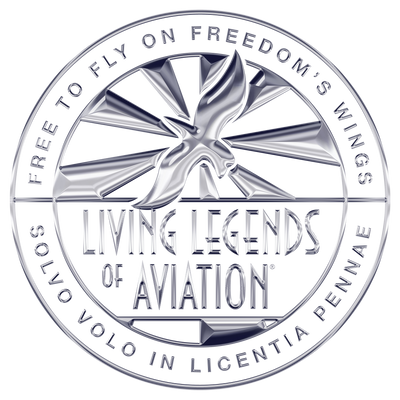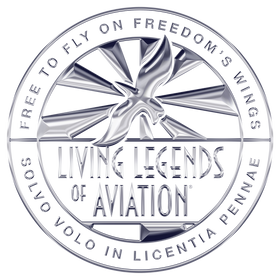STEVE OLIVER

Steve began his flying career as a teenager and has logged more than 13,000 flight hours in everything from helicopters to sailplanes to biplanes. He holds commercial, instructor and Airline Transport Pilot ratings, plus Airframe and Power Plant Mechanic licenses. But vintage aircraft are his first love. Dear to his heart are the vivid boyhood memories of seeing skywriters perform.
Victor Airway 3 passed directly over the Oliver family farm, and in the back- yard, close enough that you could "throw a rock and hit it," was one of the airway rotating beacons of the era. Steve remembers being 6 or 7: "I would run out in the yard and holler, 'Hello, TWA,' when DC-3s would fly right over- head ...but I didn't get in any airplane, much as I wanted to, until I was 12."
That was when his dad got a job as a rural mail carrier. And, with his regular income, he joined the Missouri Flying Farmers, then got his license. Soon afterward, Steve's dad brought the Piper Vagabond home to the farm, and the boy's fascination with flight became a near obsession.
After graduating from his high school senior class of 13 students, he was off to the big city-Kansas City-to Aero Mechanics School at the old downtown airport. There began the lifelong Oliver routine of cramming more than what seems possible into a 24-hour day. He added a fulltime job as a line boy at another nearby airport to his full-time schedule as a student. At the same time, he began to take lessons from a pilot on the field who ran a banner-towing service with a Waco UPF7 and a Cessna 140.
"Eleven months from the day I had my first official lesson, I had a commercial instructor rating. At age 18, I was working, flying air shows, towing banners and teaching people to fly, and I was still going to school fulltime and working fulltime. I didn't do anything else, seven days a week, 24 hours a day."
There followed a stint of owning his own little flight school in northeastern Missouri. That was cut short when duty called, and Steve was off to Vietnam, not as a pilot; well, at least, not officially. He worked there as an air traffic controller, but after watching too many comedic episodes of former jet jockeys trying to transition to L-19 taildraggers, the young enlisted man with 90 percent of his flight time in taildraggers started giving the officers dual in the art of crosswind landings.
Coming home from the war, he began years of mail-hauling, airs how performances, flight instructing and banner-towing. It would be banners and thoroughbreds that would bring him and his future wife together.

